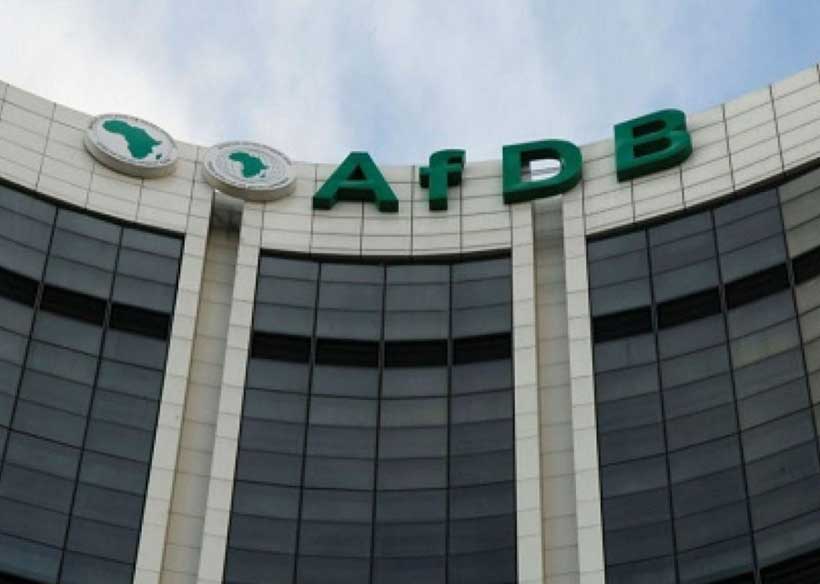African Development Fund Showcases Impact in Fragile States at Global Briefing
One flagship initiative is the Lobito Corridor, a major rail and road network connecting Angola, the Democratic Republic of Congo, and Zambia.

- Country:
- Ivory Coast
The African Development Bank Group’s African Development Fund (ADF) — a critical financing instrument for Africa’s most vulnerable and fragile states — took centre stage during a high-profile virtual media briefing on 29 July, co-hosted by the African Center for Economic Transformation and the Global Strategic Communications Council. The event brought together policymakers, development partners, and journalists to explore the Fund’s transformative role and its evolving strategic direction.
Raising the Fund’s Global Profile
In her keynote address, Valerie Dabady, Manager for Resource Mobilization and Partnerships at the African Development Bank, underscored that while the Fund has often operated quietly, its impact has been profound. “The African Development Fund has long flown under the radar,” she said. “But this is a pivotal moment to raise its profile, demonstrate impact, and unlock greater investment for Africa’s most pressing priorities.”
Dabady detailed the Fund’s catalytic financing model, which blends donor contributions with innovative mechanisms to deliver targeted investments in climate resilience, infrastructure, and regional integration. She highlighted upcoming strategies such as market borrowing and expanded donor engagement as essential to scaling up the Fund’s reach and effectiveness.
Zambia’s Success Stories
Joseph Chanda, Assistant Director for Economic Management and Planning in Zambia’s Ministry of Finance, offered concrete examples of how ADF financing has transformed his country’s infrastructure and economic prospects.
One flagship initiative is the Lobito Corridor, a major rail and road network connecting Angola, the Democratic Republic of Congo, and Zambia. With Zambia allocating just 10% of its national resources to the project, the country was able to leverage over $330 million in regional co-financing, alongside a $500 million ADF grant aimed at de-risking investments. The corridor is expected to boost logistics capacity, enhance trade, and unlock growth in sectors such as agriculture, mining, and the extraction of critical minerals essential to the global energy transition.
Chanda also cited the Kazungula Bridge Project linking Zambia and Botswana, which benefited from $68 million in ADF grants and loans. The project’s One-Stop Border Posts have reduced customs clearance times and facilitated smoother trade along the North–South Corridor — a vital trade artery linking Southern and Central Africa.
Calls for Greater Awareness
Kerezhi Sebany, Africa Director for Economic Opportunities at the ONE Campaign, urged the development community to tell the Fund’s story more boldly. “When people know what the Fund is and what it delivers, it fosters transparency, trust, and partnership,” she said. “Now is the time to shine a light on the African Development Fund.”
ADF-17 Replenishment Cycle Underway
The ADF is currently in its 17th replenishment cycle (ADF-17), with critical meetings scheduled in the coming months. A virtual consultative session with development partners will take place in September 2025, followed by an in-person gathering in Lusaka, Zambia in October, where the Zambian government will showcase project outcomes and share lessons learned. The final pledging session is slated for December 2025, where donor commitments will determine the scale of the Fund’s operations over the next funding cycle.
For decades, the ADF has been a cornerstone of development financing for Africa’s most fragile states, enabling infrastructure development, regional trade integration, and resilience-building in some of the continent’s most challenging environments. This latest push to raise its profile signals a renewed commitment to mobilising resources and partnerships for Africa’s long-term transformation.
ALSO READ
Dr. Jitendra Singh Unveils 14 New Earth Science Tools to Boost Climate Resilience
Ethiopia and IFAD Launch $424M Project to Boost Climate Resilience in Lowlands
Rwanda and Congo: Paving Way for Regional Integration and Peace
India's Maritime Sector: Pioneering Sustainability and Climate Resilience
World Bank Reinforces Pacific Ties with Jobs, Climate Resilience and Local Reforms










